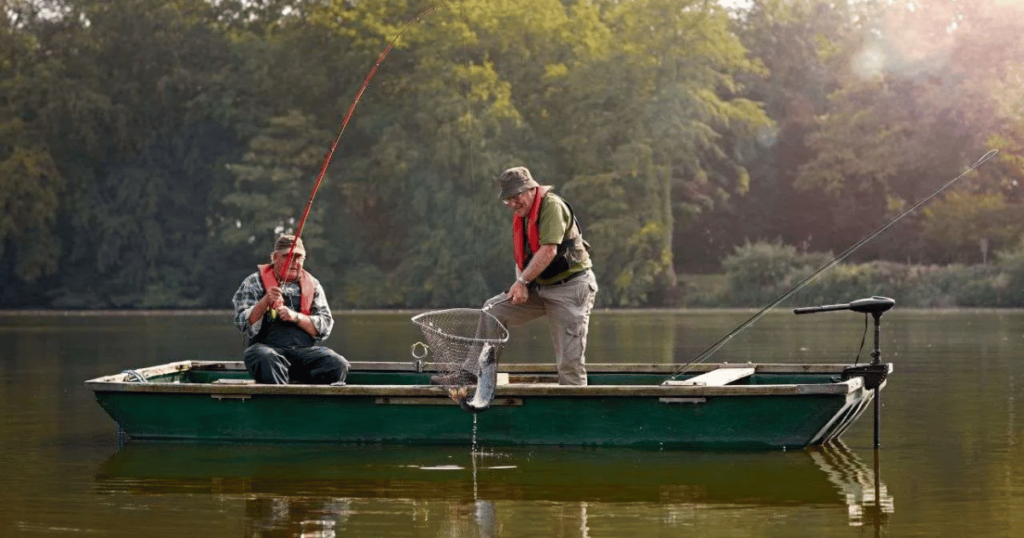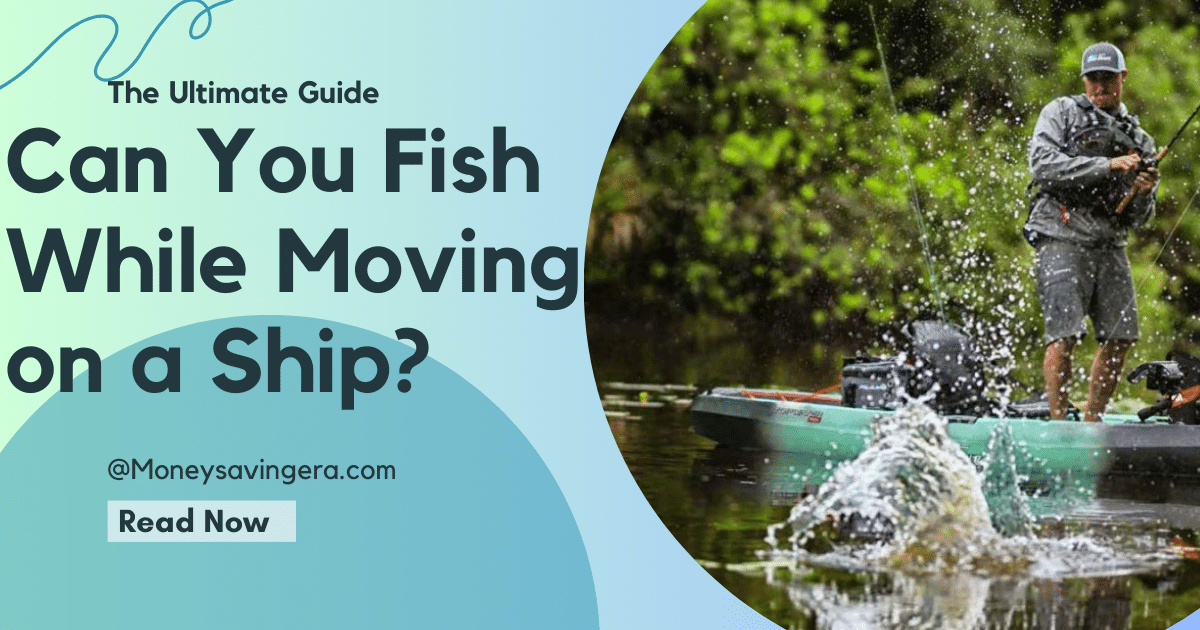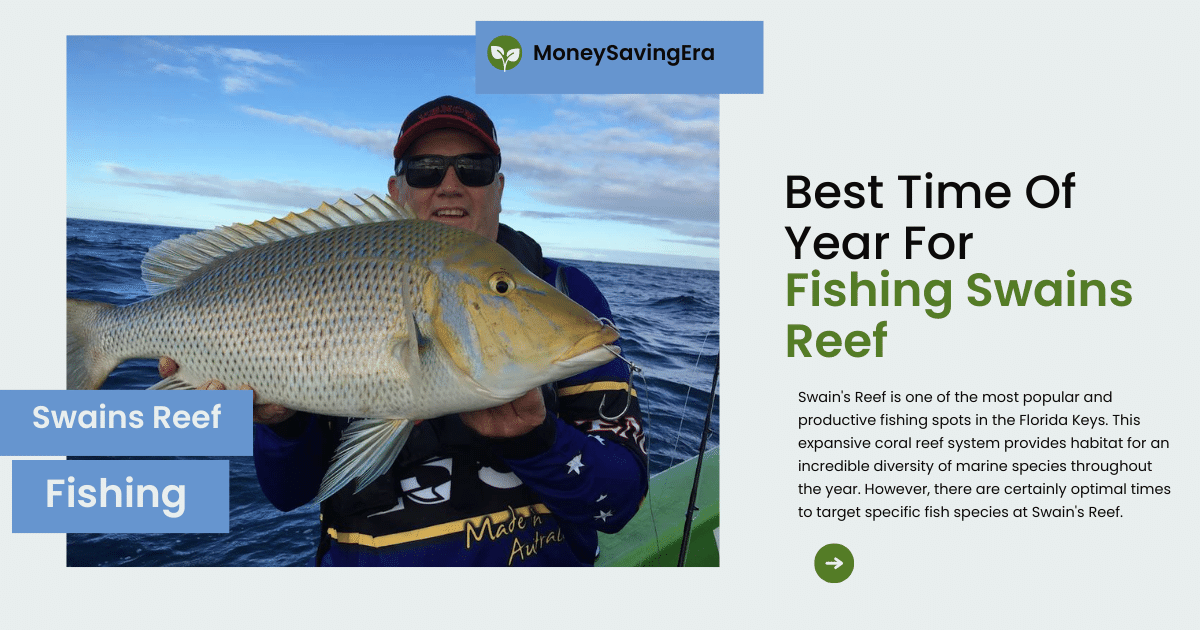Boating and fishing often happen in the same waters, especially in popular lakes, rivers, and coastal areas. Responsible boat operation around anglers is crucial for promoting safety and courtesy on the water. That’s why it’s so important for boaters to slow down when passing near vessels where fishing is actively taking place.
In this article, we’ll dive into the reasons why reducing speed is essential and why it benefits both boaters and anglers alike. Let’s explore why sharing the water considerately is key and how we can work together for smooth sailing.
Overview of the Issues Around Wakes from Passing Boats
Fishing boats, whether modest skiffs or spacious cruisers, all have one thing in common: they sit still or drift slowly when anglers have lines in the water. While they are focused on landing the next big catch, passing powerboats and personal watercraft zipping by can create issues.
The wakes generated from boats plowing through at high speeds often rock fishing boats aggressively. This can lead to problems like:
- Turmoil on the water surface makes it hard to see bites or properly work lures or baits.
- Excessive rocking causes seasickness for those not accustomed to rough water
- Fishing rods being pulled overboard if they are not properly secured
- Supply containers tip over, resulting in lost gear
- Hooked fish breaking free or tangled lines breaking
- Overall, an unpleasant and dangerous fishing experience
Clearly, wakes from inconsiderate or unaware passing boaters can ruin the fishing experience. By simply easing off the throttle, these issues are largely avoidable.
In the rest of this article, we’ll delve into why it’s so crucial for passing boats to reduce speeds around fishing vessels and how we can foster mutual respect and safety between anglers and boaters.
The Dangers Excessive Wakes Present for Recreational Fishing
It’s easy to underestimate the potential dangers that large wakes from passing powerboats can present for anglers aboard drift or slow-trolling fishing boats. But there are real concerns to consider.

Risk of Losing Gear Overboard
Rod holders and tackle boxes aren’t always 100% secure. The excessive rocking from a huge wake can cause fishing poles or other items to get knocked overboard quickly. Even well-secured items can get jostled loose over time after repeated large wakes pass by.
Losing valuable rods, reels, or electronics overboard is a real possibility with reckless boat wakes, costing anglers hundreds, if not thousands, of dollars in gear.
Hooked Fish Getting Away
Fighting a fish while getting tossed around in a small boat is challenging enough on its own. When an excessive wake starts violently rocking the boat back and forth, hooked fish can easily throw the hook and escape.
Monster fish often get away right at the boat since anglers can’t control the fight properly in rough conditions. After putting in the work to hook up, losing a prized catch due to disruptive wakes is infuriating.
Increased Seasickness
Recreational anglers aren’t typically seasoned saltwater captains with “sea legs” capable of handling rough water. Many are families, kids, and those new to boating. Seasickness that develops quickly as a result of constant wakes can end the fishing trip for everyone on board.
By throttling down, passing boats can prevent ruining everyone’s day on the water.
Safety Hazards on Deck
When a boat is rocking aggressively, it poses real dangers for passengers onboard. Those working lines or gaffing fish can easily get tossed about, leading to slips or falls. Senior anglers are especially vulnerable to balance issues when wakes hit hard. Sharp hooks, knives, and gaffs also present safety issues when getting knocked around. Reducing wake size greatly minimizes these risks.
It’s easy to see why limiting wake strength is a considerate and prudent choice around recreational fishing boats. Keeping everyone safe and preserving angler’s gear should be top priorities.
Reasons Recreational Fishing Boats Need to Stay Stationary
To understand why wakes disrupt fishing, it’s important to first recognise why fishing boats are sitting in place or slowly drifting versus cruising around actively. Here are the main reasons recreational anglers need to maintain a stationary or very slow position in the water:

Precise Boat Positioning For Fishing
Many fishermen are focused on keeping the boat directly over a very specific spot, structure, or fish-holding area. This might be over a ledge, weedline, dropoff, or piece of cover where they know fish are lurking. Moving away from these prime spots due to drifting or wakes means fewer bites and missed opportunities. Stationary stability is key.
Managing Multiple Lines
It’s common for bass boats, bay boats, and charter boats to have several anglers onboard working a number of fishing lines and rods at once. Keeping tangles to a minimum and lines separated takes concentration and coordination. This gets much harder when the boat is getting tossed around, jeopardizing lines and rigs.
Allowing Baits to Work Effectively
Many lures are designed to dive, wiggle, pendulum, or mimic wounded baitfish in precise ways to trigger strikes. Big waves make it tough to work lures and jigs properly to attract fish. Likewise, live bait needs to move naturally to look authentic to predators. Excessive wakes hinder a bait’s action.
Fighting Hooked Fish
Once a fish is on the line, boat stability is crucial for anglers to tire out and reel in the catch. It is extremely difficult to fight a fish while the waves are jarring you. The rocking can cause lost fish, broken lines, injuries, and damage, if severe.
Creating a Safe Fishing Environment
With loosely rigged poles and sharp hooks swinging around on a rocking boat, injuries can occur. Minimizing boat wakes promotes a safer setting to focus on fishing. Uni-body wakes are especially dangerous for small, unstable craft.
For all these reasons, disciplined boaters should respect idle craft and throttle down accordingly.
Ideal Speed and Distance for Passing Fishing Boats
When navigating near anchored or slow-moving fishing boats, what’s the most responsible speed and distance to maintain? Recommended guidelines include:
- Within 100 feet, reduce to idle/no wake speeds
- 100-300 feet: Keep speed under 5 mph
- Beyond 300 feet, it is safe to gradually throttle up as direction allows
- When passing closely, reduce speed as much as possible and provide as wide a berth as feasible
- Make any course adjustments smoothly, avoiding sharp turns nearby
- Take note of boat size and structure height when gauging wake potential
The overarching goal should be to generate the minimum necessary wake when traveling around fishing boats. Be prepared to throttle back whenever you begin approaching anglers to preserve their safety and fishing experience.
Excessive wake situations don’t have to arise if we all do our part to be courteous in shared waters. Clean boating habits near recreational anglers set a positive example for others to follow.
Smart Tips for Fishing Near Boat Traffic Areas
Recreational anglers also have a role to play in promoting smooth interactions with passing boat traffic. Here are some tips for fishing responsibly when other boats are around:
- Avoid anchoring or drifting in main channels and right off busy docks and ramps
- When possible, position your boat to minimize broadside rocking from passing wakes
- Use auxiliary motors to maintain position rather than drifting into boat routes
- Deploy drift socks or sea anchors to slow drifting when needed
- Keep rods rigged and secured when not actively fishing to avoid losing gear
- Wear proper PFD lifejackets in case of falling overboard
- Courteously signal nearby boats when they can pass safely or if you get a big fish on
- Understand boating rules of navigation and right-of-way protocol
Both anglers and boaters need to put in the effort for smooth, responsible interactions on the water.
Why Responsible Boaters Should Care About Fishing Boat Wakes
Some boaters may not understand why making an effort to reduce wakes near recreational fishing boats matters. But this issue impacts responsible boaters too in several ways:
- Safety: Excessive wakes jeopardize safety for passengers and anglers. As fellow boaters, we should be concerned for others well-being on the water.
- Lawful Operation: Most areas regulate wake size and boating speeds. Causing a hazardous wake may violate local laws. Maintaining safe speeds follows boating regulations.
- Courtesy: Responsible boaters should aim to operate with courtesy around others on the water. Limiting wakes around idle boats is the polite thing to do.
- Shared Resource: We all enjoy our waterways. Being mindful that boaters and anglers often utilize the same areas promotes respectful sharing.
- Enjoyment: No one wants their activities disrupted on the water. Whether fishing, swimming, or boating, maintaining proper wake sizes helps ensure everyone can enjoy their time on the water.
- Leading by Example: When boaters model responsible habits like slowing down around anglers, it encourages others to follow suit. Setting a positive example impacts everyone.
Boaters who care about courtesy, safety, and promoting responsible recreation have plenty of motivation to throttle down around fishing boats. Leading by example benefits us all.
Enforcement of No Wake Zones and Laws
To better protect anchored and slow-moving boats from excessive wakes, most bodies of water now have designated no wake zones marked out. This includes areas like:
- Marinas and launch ramp areas
- Bridges and causeways
- Congested channels and fairways
Boaters are required to operate at idle or no wake speeds while in these restricted zones. This allows boats, kayaks, paddle boards, and anglers to navigate safely without the risk of capsizing from large wakes.
Law enforcement agencies like the U.S. Coast Guard strictly enforce no-wake zone restrictions. Violations can result in citations carrying hefty fines or temporary loss of boating privileges.
Understanding no-wake regulations and abiding by them demonstrates a commitment to responsible and lawful boating. Avoiding fines while keeping everyone safe on the water makes throttling down in restricted areas a no-brainer.
Promoting a Strong Community Among Anglers and Boaters
At the end of the day, we all just want to have an enjoyable, safe time on the water, whether that’s boating, fishing, watersports, or otherwise. By boaters making a conscious effort to limit wakes around anglers and anglers being mindful of navigable waters, we can build a strong community rooted in mutual understanding.
Some ways to promote community include:
- Respectfully addressing any issues in person or through appropriate channels
- Leading by example to encourage responsible habits from others
- Understanding concerns from both perspectives
- Patience and consideration in crowded areas
- Offering a friendly wave or update on fishing conditions to familiar boaters
The more we collectively commit to smoothly sharing our treasured waterways, the stronger our boating and angling communities will become. Building rapport and communication is the key.
With some graciousness and care for others, we can ensure everyone is catching fish and making memories.
Conclusion
At the end of the day, maintaining safe speeds to limit wakes near fishing boats is mostly about respect for our fellow anglers and boaters. We all just want to enjoy a nice day on the water. By being mindful of how excessive wakes negatively impact fishermen, responsible boaters can easily mitigate issues by easing off the throttle and giving some space.
Responsible habits from both boaters and anglers help foster smooth interactions and safer conditions for everyone out on the water. When we collectively do our part, there are plenty of fish to be caught and memories to be made. Leading by example and promoting an inclusive boating community allows us all to better enjoy the waters we so deeply cherish.





